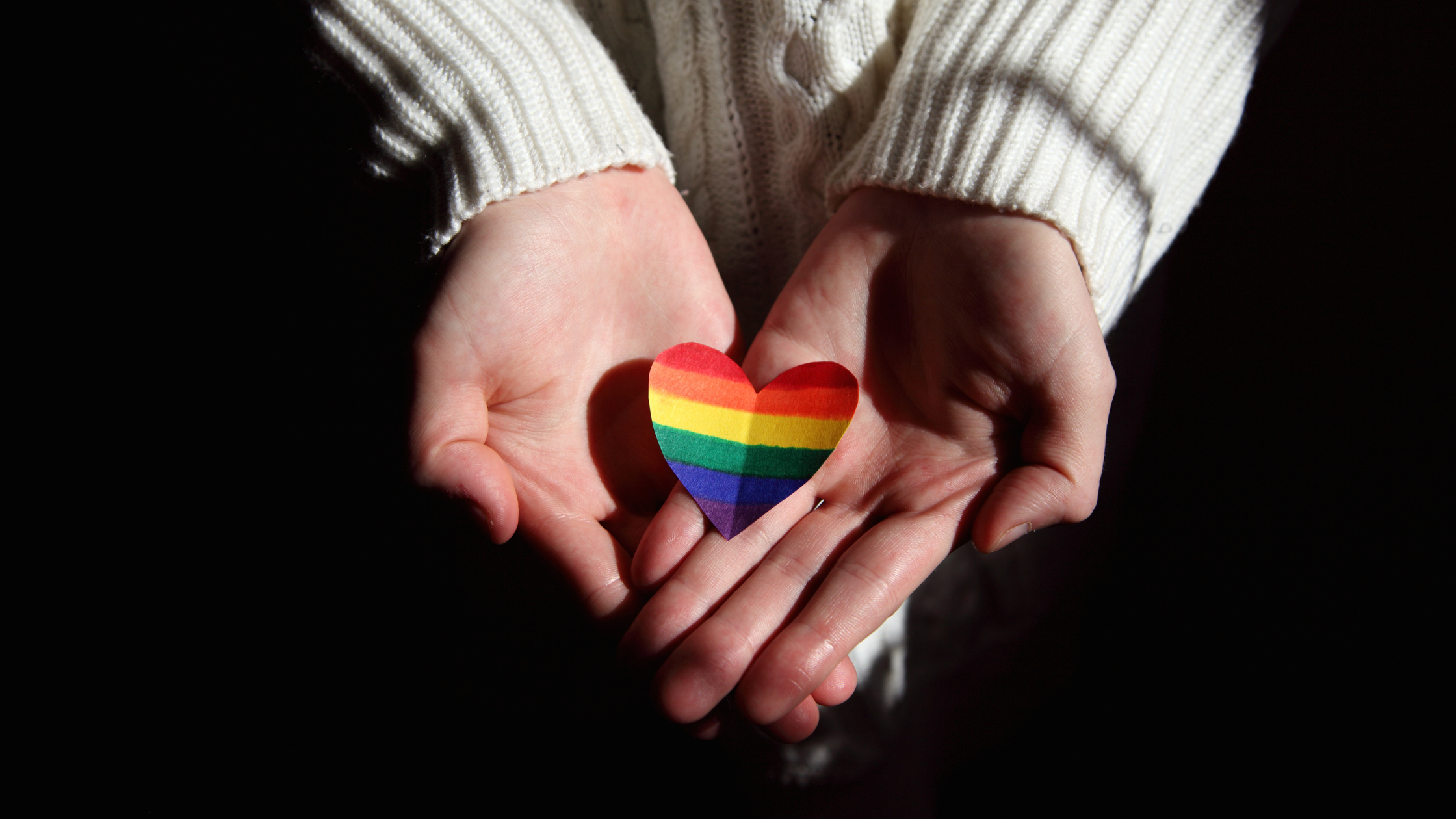
The LGBTQ+ community has long been at the forefront of the fight against HIV/AIDS. Yet, despite significant progress in medical advancements and social acceptance, the intersection of LGBTQ+ health and HIV remains a critical issue. In this blog, we’ll explore the unique challenges faced by LGBTQ+ individuals concerning HIV/AIDS, the progress made in addressing these challenges, and the ongoing work needed to ensure comprehensive healthcare for all.
Direct go to
Understanding the Intersection:
Historically, HIV/AIDS has disproportionately affected LGBTQ+ individuals. Discrimination, lack of access to healthcare, and social stigma have compounded the challenges faced by this community. LGBTQ+ people, particularly gay and bisexual men, transgender individuals, and people of color within the community, continue to be at higher risk of HIV infection compared to the general population.
Challenges Faced by the LGBTQ+ Community:
- Stigma and Discrimination: Stigma surrounding both HIV/AIDS and LGBTQ+ identities can deter individuals from seeking testing, treatment, and support services.
- Access Barriers: Economic disparities, lack of healthcare providers trained in LGBTQ+ healthcare, and geographic limitations can hinder access to HIV prevention and treatment services.
- Mental Health: LGBTQ+ individuals may experience higher rates of depression, anxiety, and substance abuse, which can impact HIV risk behaviors and treatment adherence.
- Intersectional Identities: Individuals who belong to multiple marginalized groups, such as LGBTQ+ people of color or transgender individuals, face compounded stigma and discrimination, further exacerbating HIV risk and health disparities.
Progress and Solutions:
Despite these challenges, significant progress has been made in addressing HIV/AIDS within the LGBTQ+ community:
- Advances in Treatment: Antiretroviral therapy (ART) has transformed HIV/AIDS into a manageable chronic condition, significantly improving the quality of life for those living with HIV.
- Prevention Strategies: Pre-exposure prophylaxis (PrEP) has emerged as a highly effective tool for preventing HIV transmission, offering a preventive option for high-risk individuals.
- Community Support: LGBTQ+ organizations and advocacy groups continue to provide crucial support services, including HIV testing, counseling, and linkage to care.
- Policy Changes: Legal protections, healthcare reforms, and initiatives aimed at reducing stigma have helped create a more supportive environment for LGBTQ+ individuals living with or affected by HIV/AIDS.
Ongoing Challenges and Future Directions:
While progress has been made, there is still much work to be done to ensure equitable healthcare for all LGBTQ+ individuals:
- Continued Education and Training: Healthcare providers need comprehensive training in LGBTQ+ cultural competency and HIV/AIDS care to provide affirming and effective care.
- Addressing Structural Barriers: Policies and systems that perpetuate healthcare disparities, such as insurance coverage limitations and discriminatory practices, must be addressed.
- Combating Stigma: Efforts to combat HIV/AIDS and LGBTQ+ stigma must be ongoing, including community education, media representation, and advocacy for inclusive policies.
- Research and Innovation: Continued investment in research and innovation is needed to develop new prevention methods, treatment options, and approaches to addressing the unique needs of the LGBTQ+ community.
Conclusion:
The intersection of LGBTQ+ health and HIV/AIDS presents complex challenges that require multifaceted solutions. By addressing stigma, improving access to care, and promoting inclusive policies, we can work towards a future where all LGBTQ+ individuals receive the support and healthcare they deserve, free from discrimination and disparities. Together, we can continue the fight against HIV/AIDS and strive for a world where everyone can thrive, regardless of sexual orientation or gender identity.
